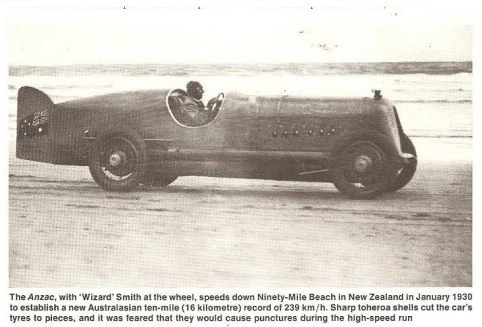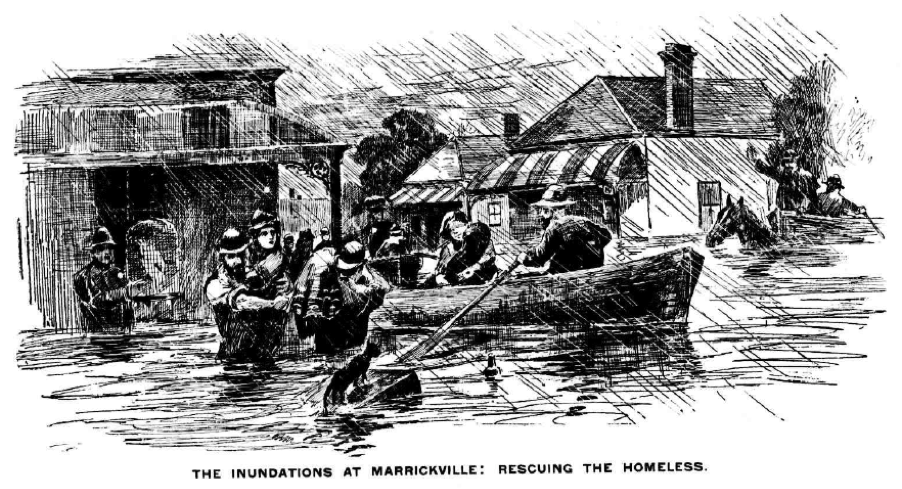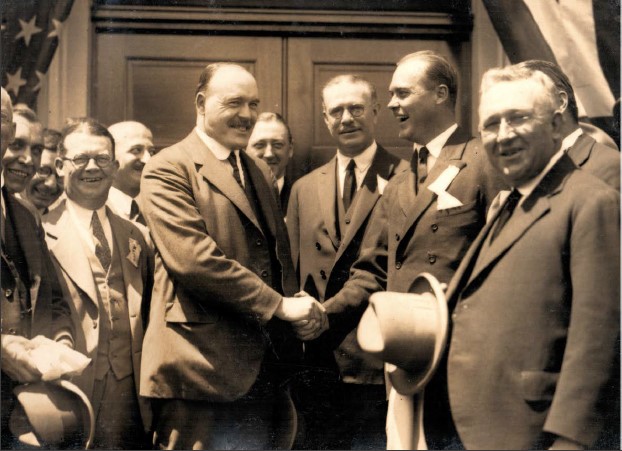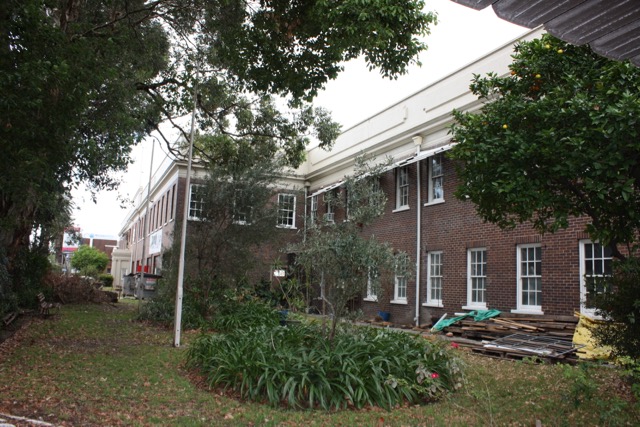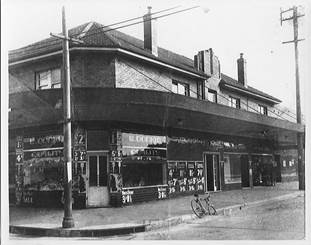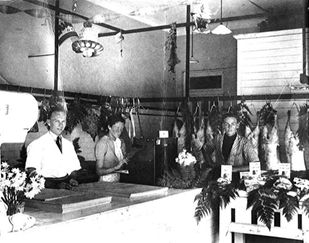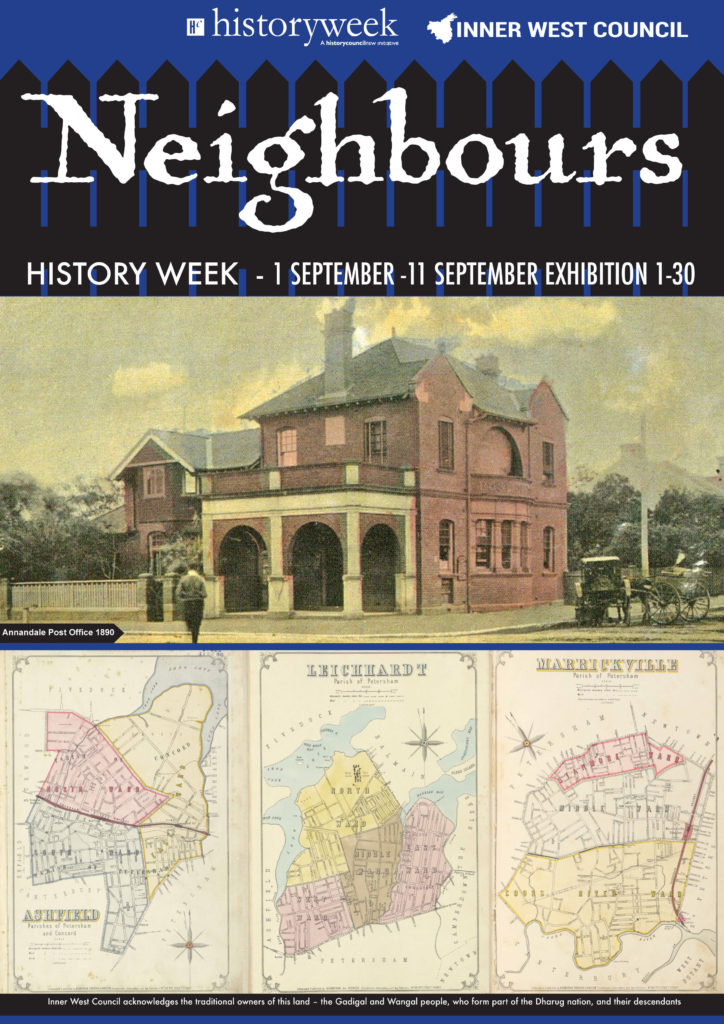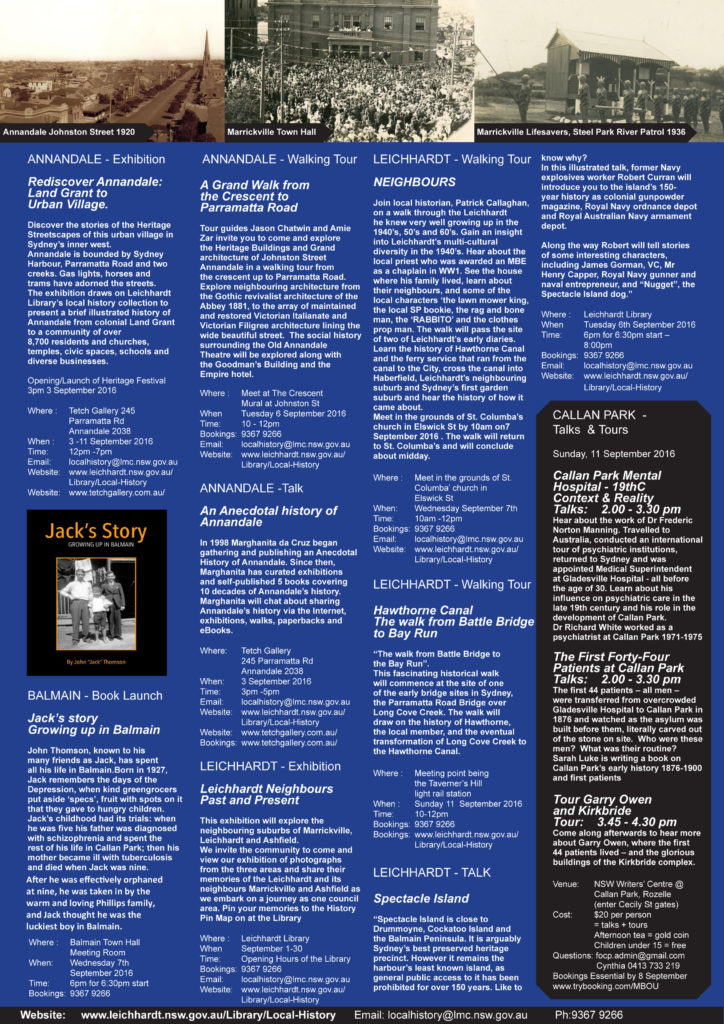Before electronic communications, paper letters reigned supreme. Now perceived as ‘just that space where the company’s address is written’, letterheads were once so much more – an influential device businesses used in convincing people they were the best.
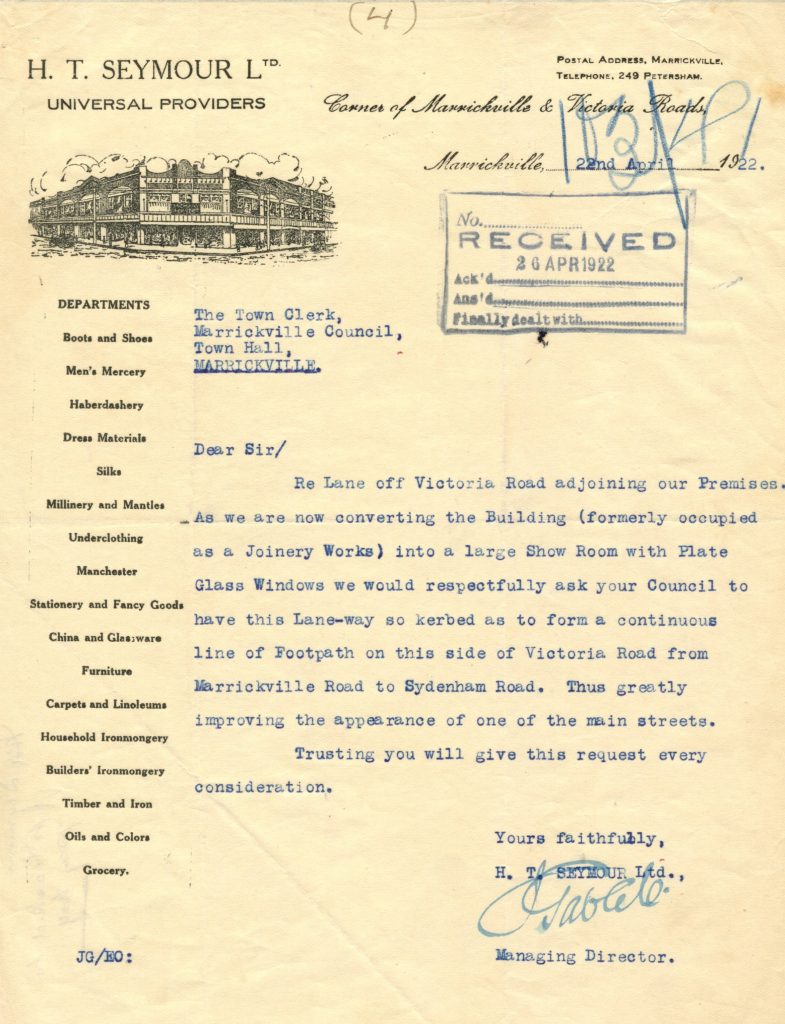
Letter from H.T. Seymour Ltd to Town Clerk Municipality of Marrickville, 22 April 1922
As one of the earliest examples of direct marketing, letterheads offered a quick outline about a business. But – like the company logo that sits silently in the footer of today’s emails – letterheads are more than mere adornments; they offer revealing insights into the history of the visual and commercial arts in Australia.
Australia’s growing population and an expanding economy fuelled a thriving art scene, with creative industry embracing marketing strategies to gain an advantage over competitors.


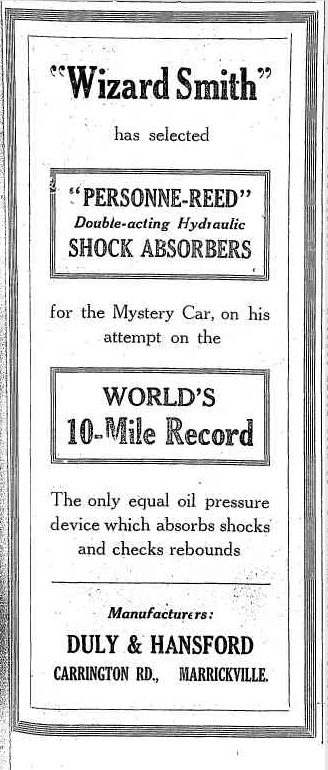 Duly and Hansford opened its factory on 1 February 1927, when Mr Duly boasted the firm was “now in a position to supply the wants of the whole of Australia with bright nuts and bolts.” This impressed Federal Minister for Trade and Customs, Mr Herbert Pratten, who officially opened the factory. Pratten was a supporter of local industry and Australian-made products. He said, “if you buy the home-made article you keep both your goods and your money. If you buy outside all you get is the goods.”
Duly and Hansford opened its factory on 1 February 1927, when Mr Duly boasted the firm was “now in a position to supply the wants of the whole of Australia with bright nuts and bolts.” This impressed Federal Minister for Trade and Customs, Mr Herbert Pratten, who officially opened the factory. Pratten was a supporter of local industry and Australian-made products. He said, “if you buy the home-made article you keep both your goods and your money. If you buy outside all you get is the goods.”